Forbes’ 41st richest man in 2008, the late Paul Allen, established the Flying Heritage & Combat Armor Museum in Everett, Washington. He collected a wide range of aviation and military artifacts, which his estate sold three and a half years after his death. The exhibits range from the 1930s German Fieseler Fi 156 Storch to rocket-powered planes like the Me Komet.
The museum showcases rare vintage aircraft from at least five countries. According to Forbes, the collection includes about 27 aircraft from Germany, Russia, Japan, Britain, and the United States, most of which are in planes in flyable condition. The exhibit is regularly flown and restored to its original colors and designs. It features three main hangers: Alpha, Bravo, and Charlie.
Paul’s father was part of the second wave of US soldiers landing on Omaha Beach during the invasion.
Alpha iconic display
The hangar highlights the rapid evolution from wooden and canvas biplanes to advanced all-metal jets between 1935 and 1945 during World War II. Guests are greeted by a B-25J Mitchell, a bomber showcasing the entire collection’s restoration process. The B-25 medium bomber was extensively used during World War II in the Pacific Theater.
Messerschmitt the Komet
The German Me 163 was a rocket-powered, unique defensive aircraft that started operations in July 1944. It was the first piloted aircraft to exceed 620 MPH (1000 km/h) in level flight. The 163 delivered smooth landing characteristics due to its integrated leading edge slots on the forward taileron control surfaces. It would neither stall nor spin, allowing full back stability and rudder control without fear of spin.
Soviet Polikarpov NW
The exhibition also includes a history of the “Night Witches” and their Polikarpov PO-2, a wood-and-cloth craft biplane. The PO-2 was in production from 1929 to 1959. Its top speed was around 60 mph when fully loaded. The high-lift-generated biplane operated from airfields close to the front lines. The aircraft was ideal for supplying partisans and operated by an all-female unit, launching nighttime attacks.
The collection includes a unique Focke-Wulf FW 190 D-13 Dora, the world’s first rocket-powered plane, and a Japanese Nakajima Ki-43 Hayabusa Oscar. “WHY WAR: The Causes of Conflict” is a film that delves into eight wars involving the United States, ranging from the Revolutionary War to the Gulf War.
Bravo significant selections
The Bravo Hangar, opened in 2013, showcases iconic land-based fighters like the North American P-51D Mustang, Japan’s Mitsubishi A6M3-22 Zero-Sen, the Supermarine Spitfire Mk. All are airworthy and have a combat history. The hangar also features exhibits on beach landings, the Higgins Boat, life in a tank, and Vietnam War experiences.
North American Mustang
The North American Aviation P-51 Mustang is a long-range aircraft and fighter-bomber with a four-bladed Hamilton Standard, 11 ft 2 in (3.40 m) diameter. It made its initial flight in 1940, starting by flying for the Royal Air Force. The US relegated the P-51 to secondary duties as a standard piston-engined fighter. Both the US and British allies worked on aircraft development.
Memorable of a British Spitfire
It also features the British DHC Mosquito and the Supermarine Spitfire Mk. The Spitfire is a legend in British air history. It is an all-metal monoplane originally powered by a Rolls-Royce Merlin engine. The Spitfire was easy to handle, featuring an elliptical-shaped distinguished wing to reduce drag and increase speed with outstanding maneuverability.
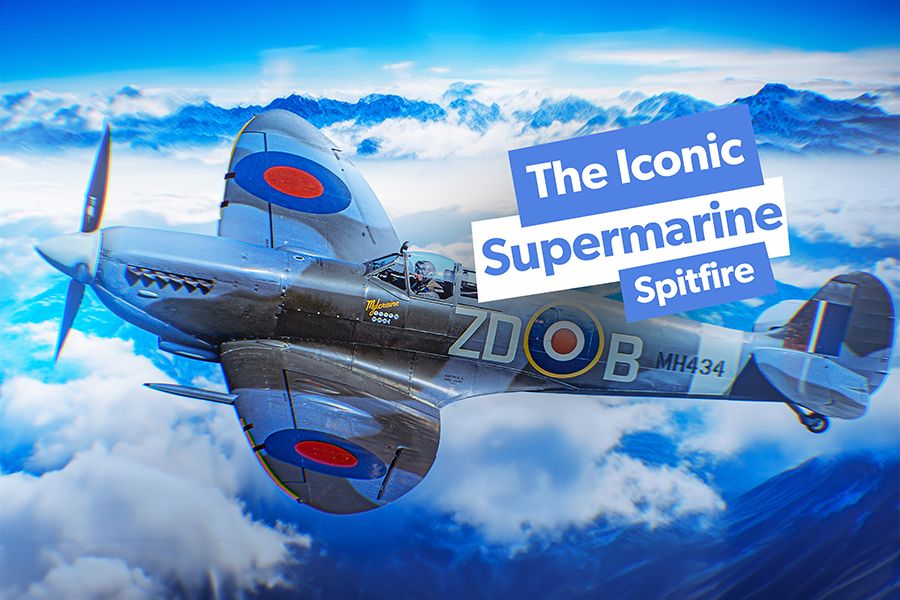
Why Is The Supermarine Spitfire So Iconic?
The aircraft was by far the best-known British fighter of the war.
The Hanger showcases at least seven aircraft and a Bell UH-1B Iroquois “Huey” helicopter. The Huey is the first US turbine-powered helicopter, a utility helicopter manufactured by the American aerospace company Bell Helicopter. Furthermore, the Japanese Mitsubishi Zero initially operated in early 1937. Replica # 3852, powered by a P&W engine, was recovered from Babo Airfield and restored in Russia before being delivered to the US.
Photo: HARS
Sense of duty & the human element in Charlie
Charlie Hangar displays six aircraft, including the American Goodyear FG-1D Corsair, Grumman F6F Hellcat, German Fiesler Fi 156 Storch, Messerschmitt Bf 109 Emil, Me 262, and Junkers 87 Stuka.
American Goodyear Corsair
The Corsair, a key WWII fighter, targeted the Japanese Zero fighter. It had a long production run, with 12,571 examples produced by Goodyear and Brewster. Based on the Pratt & Whitney
engine, the design allowed for shorter, more robust gear for carrier landings. Despite technical issues, the Corsair was initially used by the Marines and eventually the Navy.
The Junkers 87 Stuka
The Stuka, a low-wing, single-engine monoplane, was used by the German
Luftwaffe
from 1937 to 1945, particularly during World War II. The Junkers JU 87 was designed to use dive-bombing techniques. It had dive brakes to slow the dive and could swing downward and outward to clear the airplane’s propellers.
The Museum restored the Stuka to airworthy condition from two wrecks. The first is the Ju 87 R-4 Werk Nr. 6234, produced in 1941 and serving with Stukageschwader 5. It was shot down in 1942 and recovered in 1992. Tim Wallis purchased the wreck and planned to rebuild it to airworthy status. The second airframe, a Ju 87 R-2 Werknummer 857509, was also incorporated.
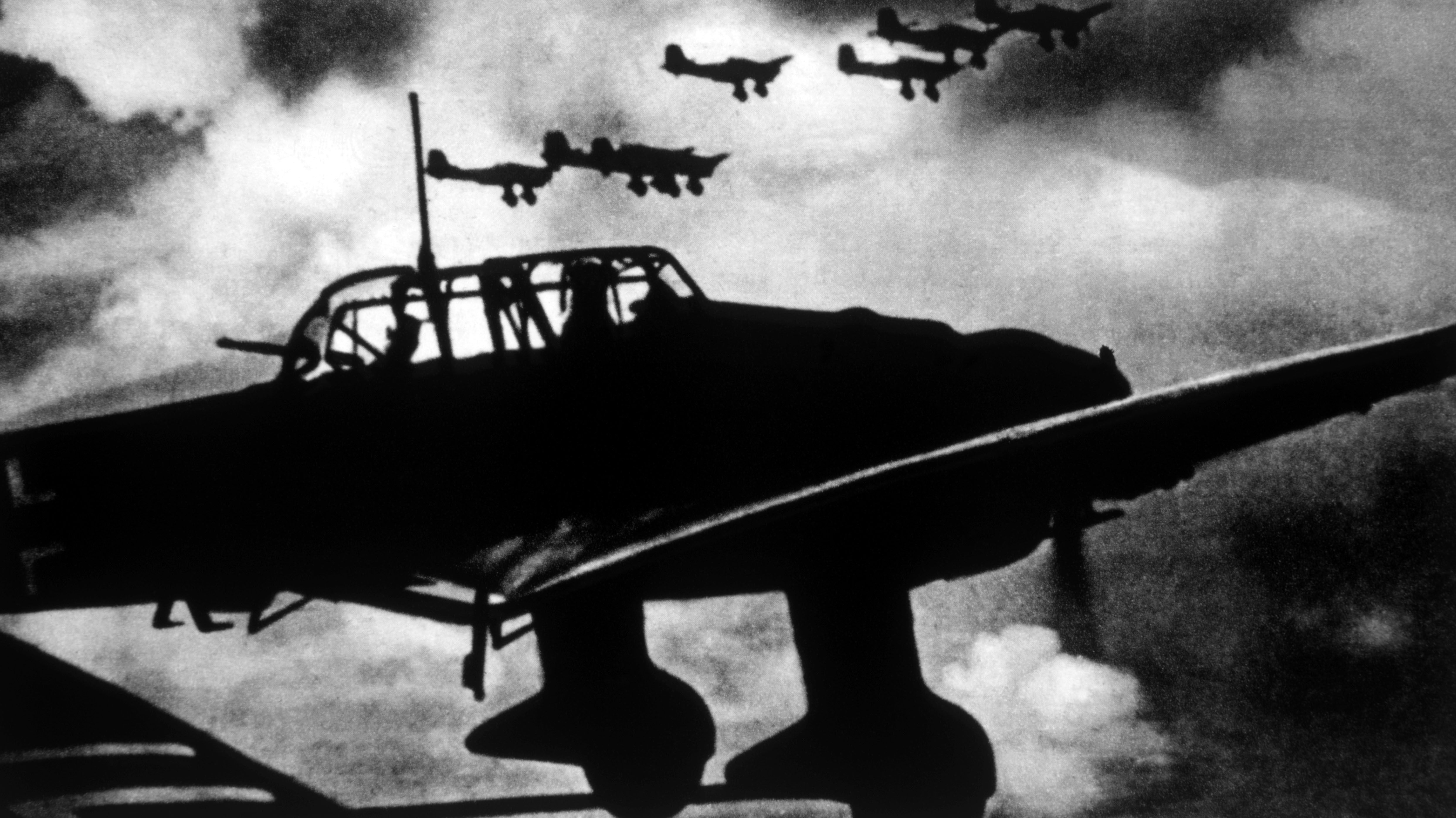
Are There Any Airworthy Stuka Diver Bombers Left?
No examples remain flying, but one is under restoration.
Charlie Hangar showcases the courage and sacrifice of those involved in conflicts, including children, farmers, factory staff, and volunteers. It features exhibits on women’s roles, war animals, battles, tanks, people carriers, restoration projects, and a SpaceShipOne replica.
“While the invention of the airplane negatively affected the railroad industry, it opened a much wider door to human progress.” Paul Allen
More and More collections
Moreover, The FHCAM houses a number of historical tanks, artillery, and combat vehicles. It displays over 25 vehicles. Visitor guides go through the hangars, explaining each artifact’s historical role. The museum is offering free admission on November 09, 2024. Among the famous artifacts are:
|
Tanks |
Artillery |
Vehicle |
|---|---|---|
|
US M7B1 Priest |
US M2 155mm “Long Tom” |
US M274A5 Mule |
|
Soviet T-34 |
UK 17 Pounder Mk. 76 mm |
Harley-Davidson WLA |
|
German Hetzer 38 |
German 88 mm Flak 37 |
Volkswagen Kubelwagen |
|
Japan Ha-Go 95 |
Japan 47 mm Type 1 |
BMW R75 |
Allen worked on developing the
Stratolaunch
, the world’s largest aircraft and foundation craft for launching other craft into space orbit. He believed large-scale, orbital space tourism could be possible within a decade. Six B747 engines power the Stratolaunch, which has a massive wingspan.
Photo: Stratolaunch
It is designed as an airport-operated aircraft, making access to space more convenient and affordable. This achievement has pushed Paul’s vision for space accessibility closer to becoming a reality. SpaceShipOne, sponsored by Paul Allen, was the first privately developed spacecraft capable of suborbital flights. It was a privately developed spacecraft that won the $10 million Ansari X-Prize in 2004.
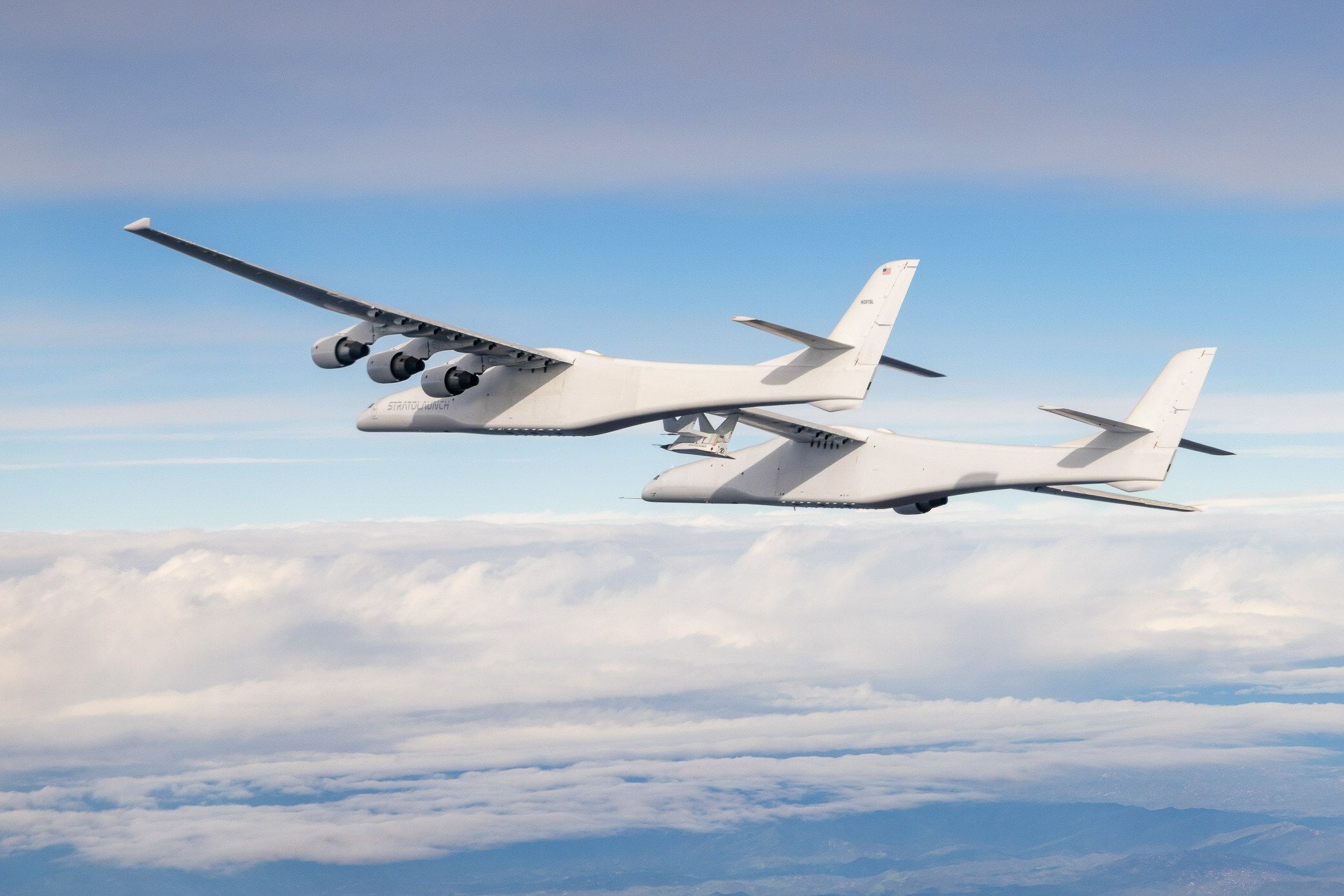
The Stratolaunch Roc Just Completed Its Longest Ever Flight
The infamous Roc airplane has successfully flown for over six hours, surpassing its previous record.
Microsoft Co-founder Paul met Bill Gates at Seattle’s Lakeside School in 1968. They started Microsoft in April 1975, focusing on microprocessors and software. The partners shared a love for computers and used the school’s teletype terminal to hone their programming skills. On October 15, 2018, Paul Allen died at 65.
The collection’s new owner is Steuart Walton, the grandson of Walmart founder Sam Walton. Walton is also the co-founder of Runway Group, a company that designs and builds small composite aircraft. He serves on the Walmart and the Smithsonian National Air and Space Museum boards.


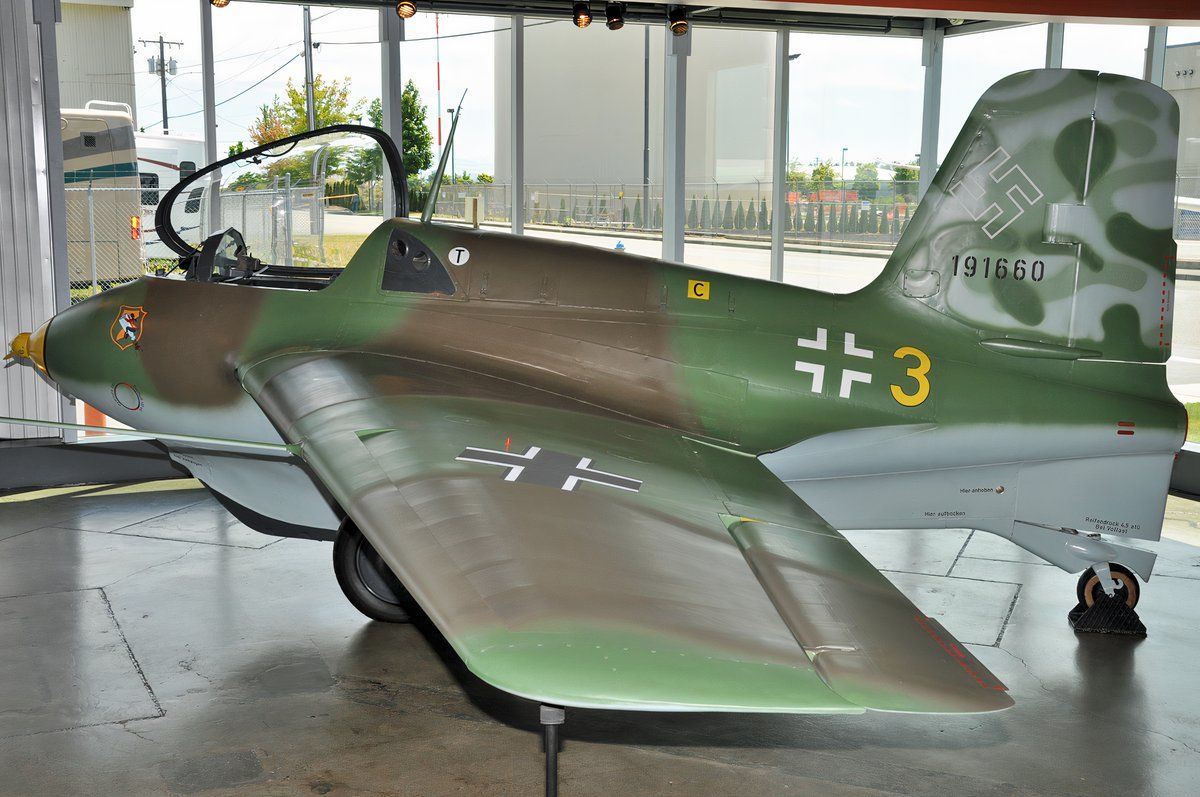
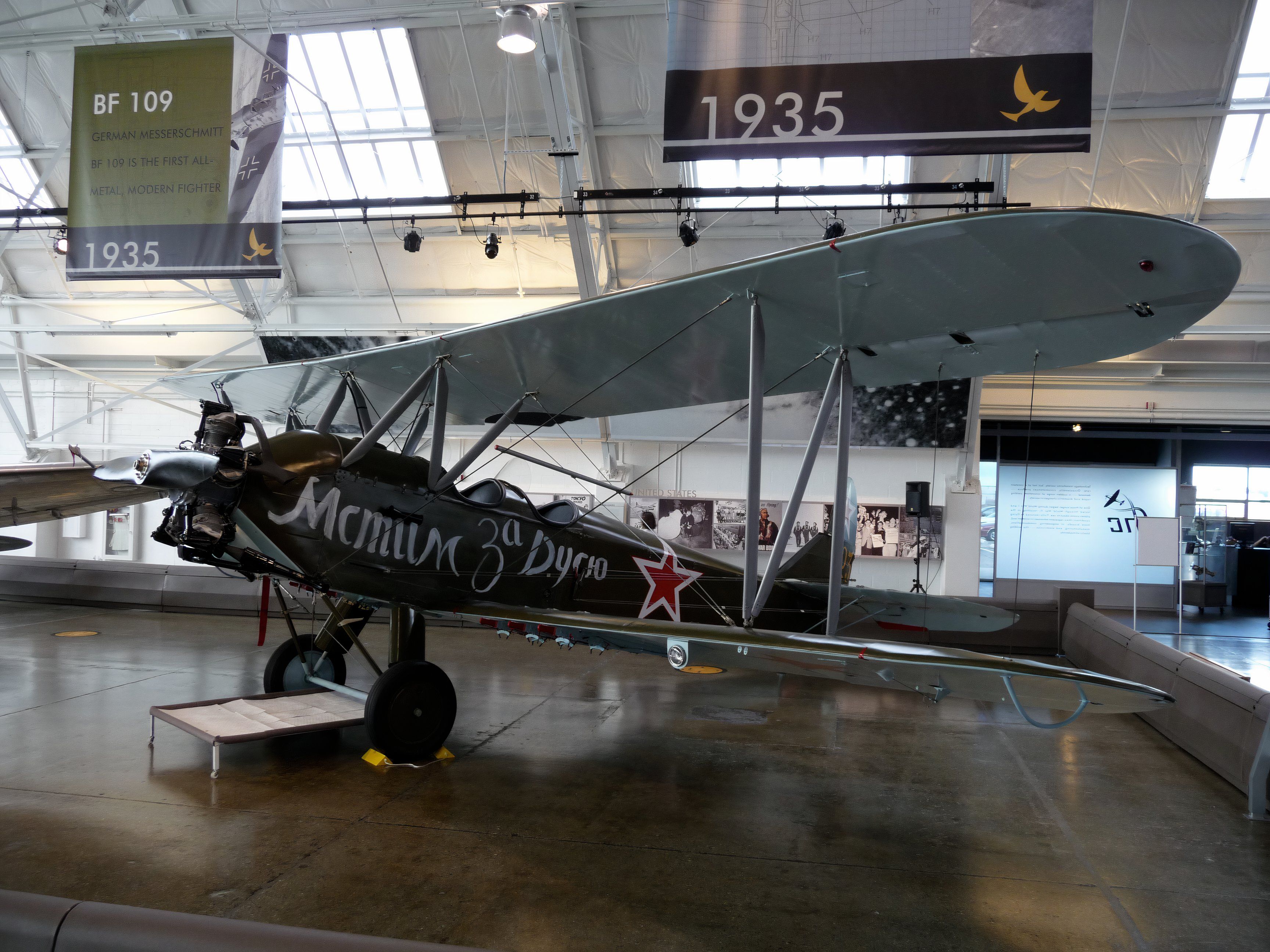

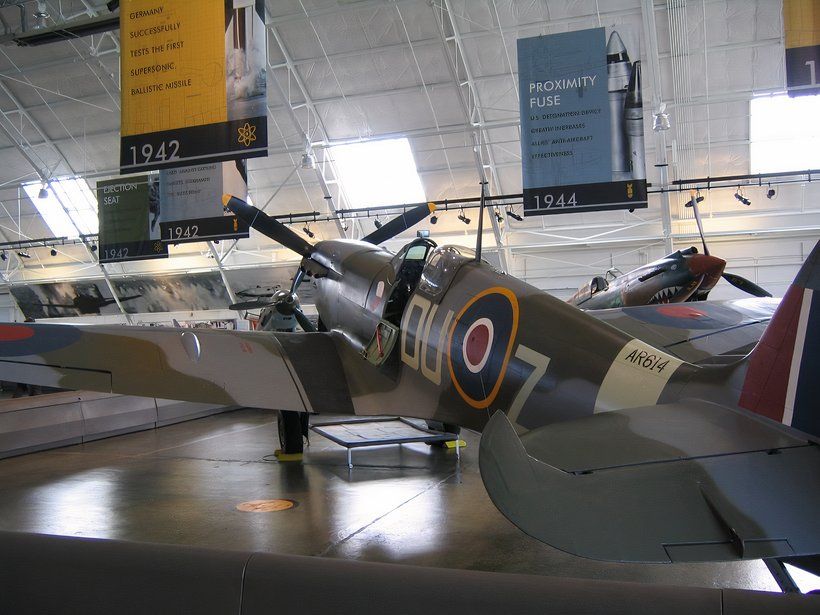
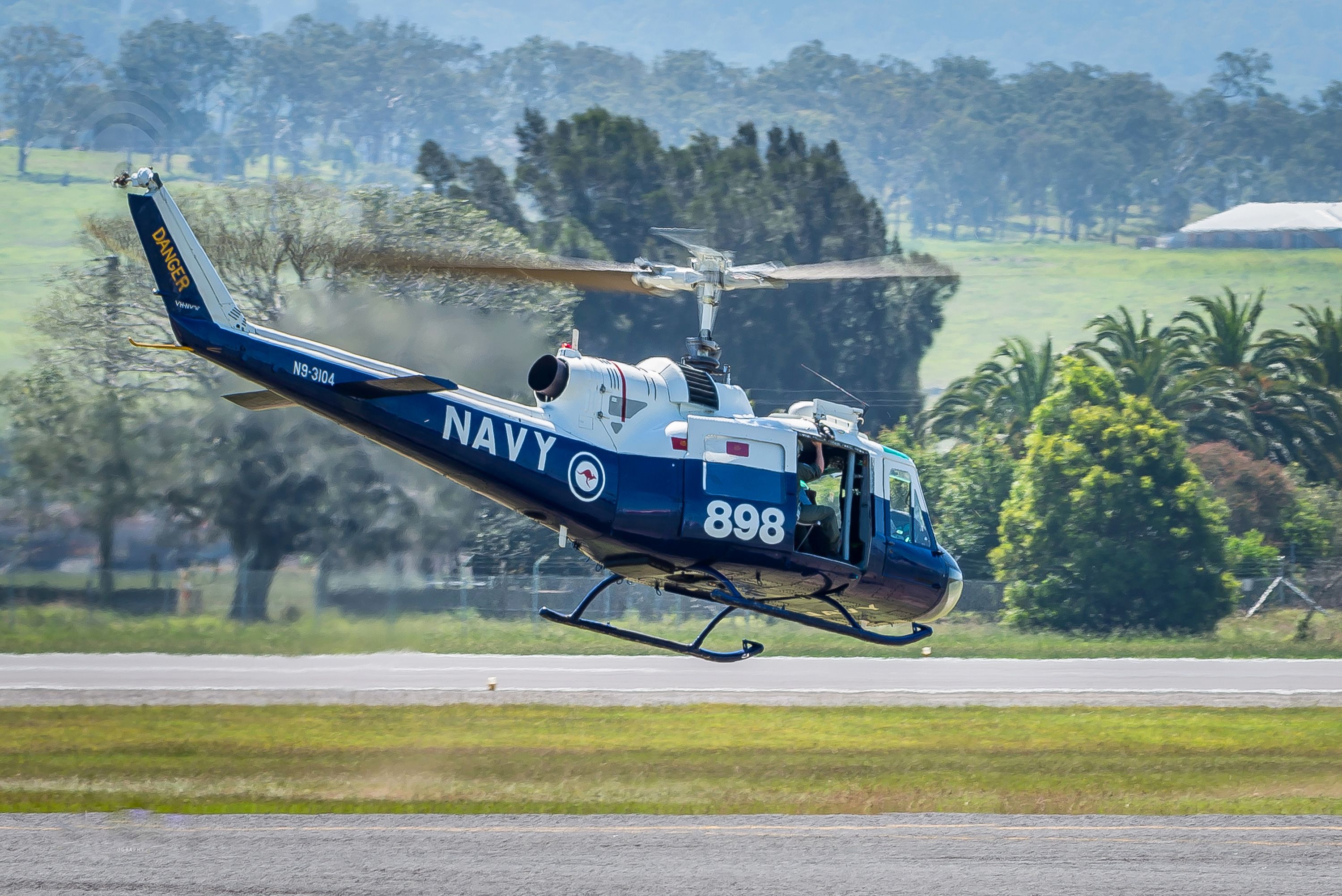
.jpg)